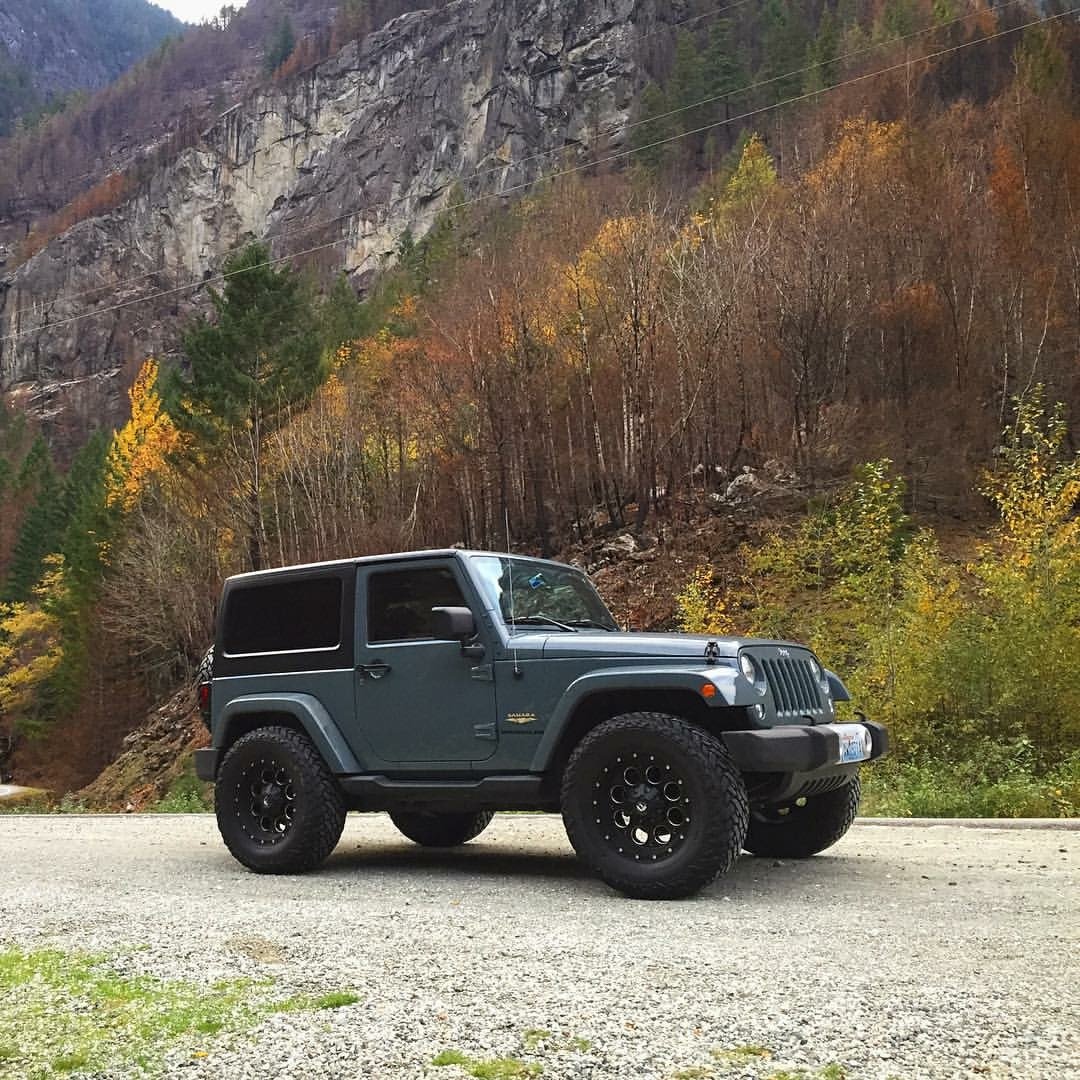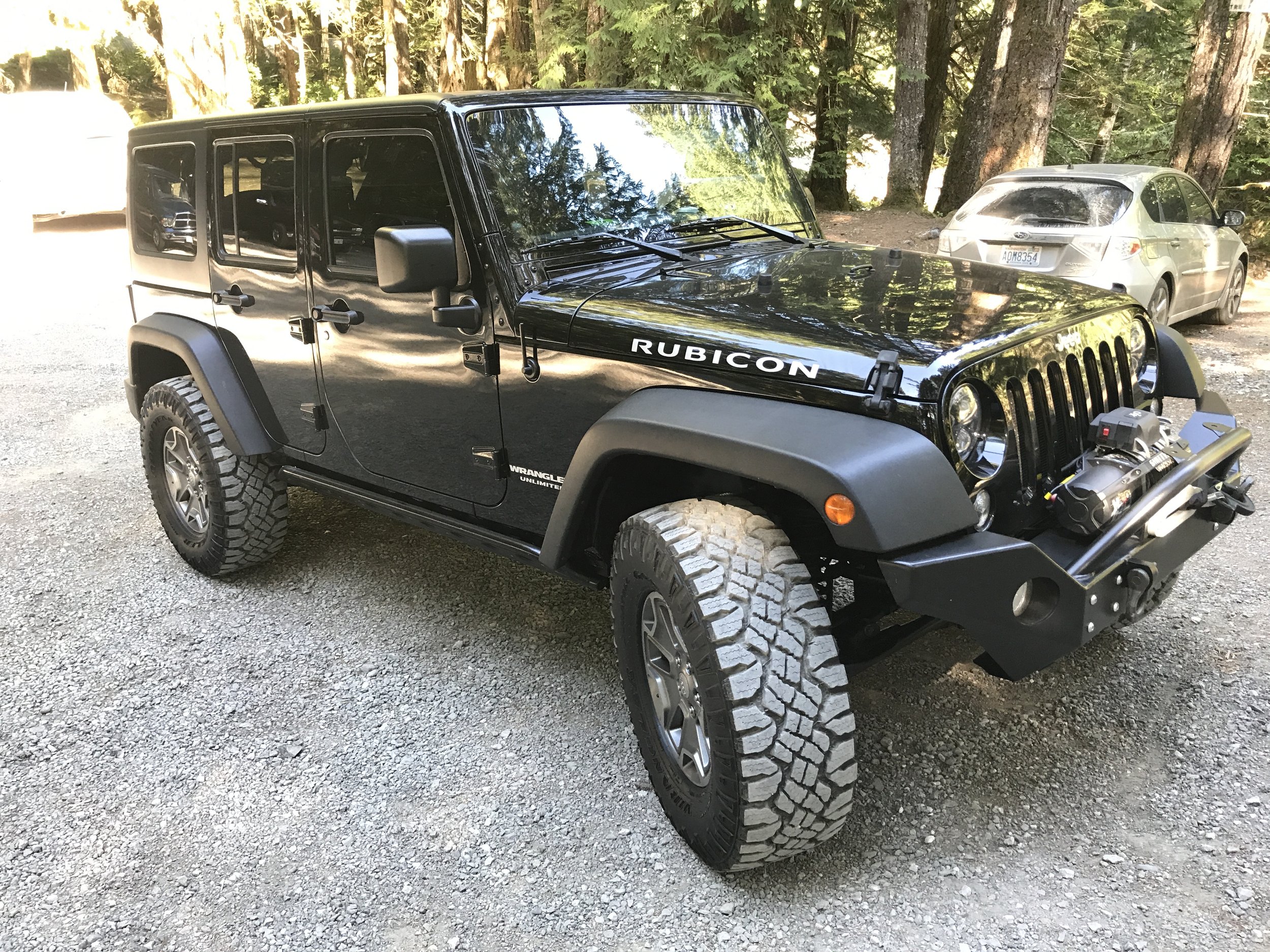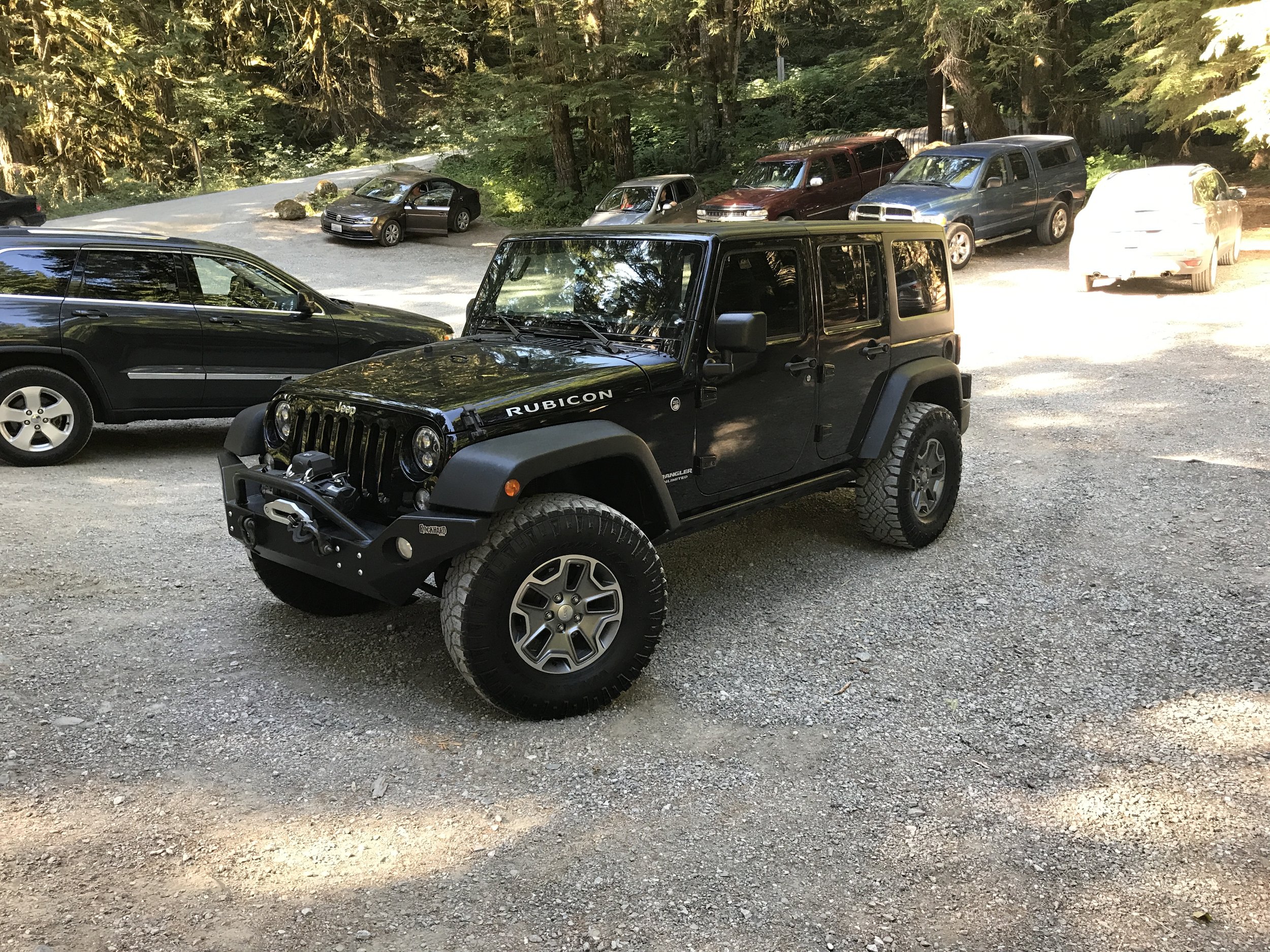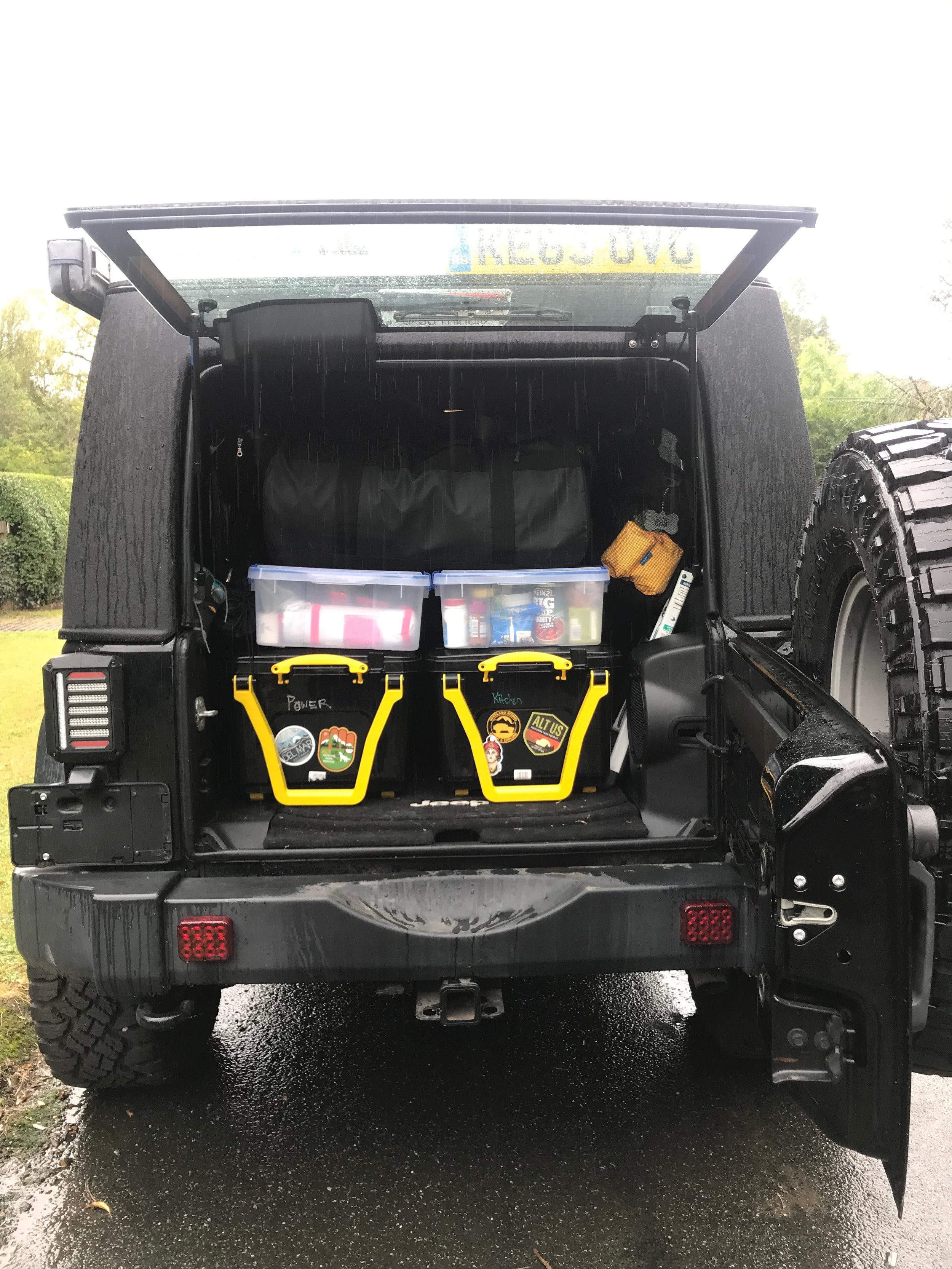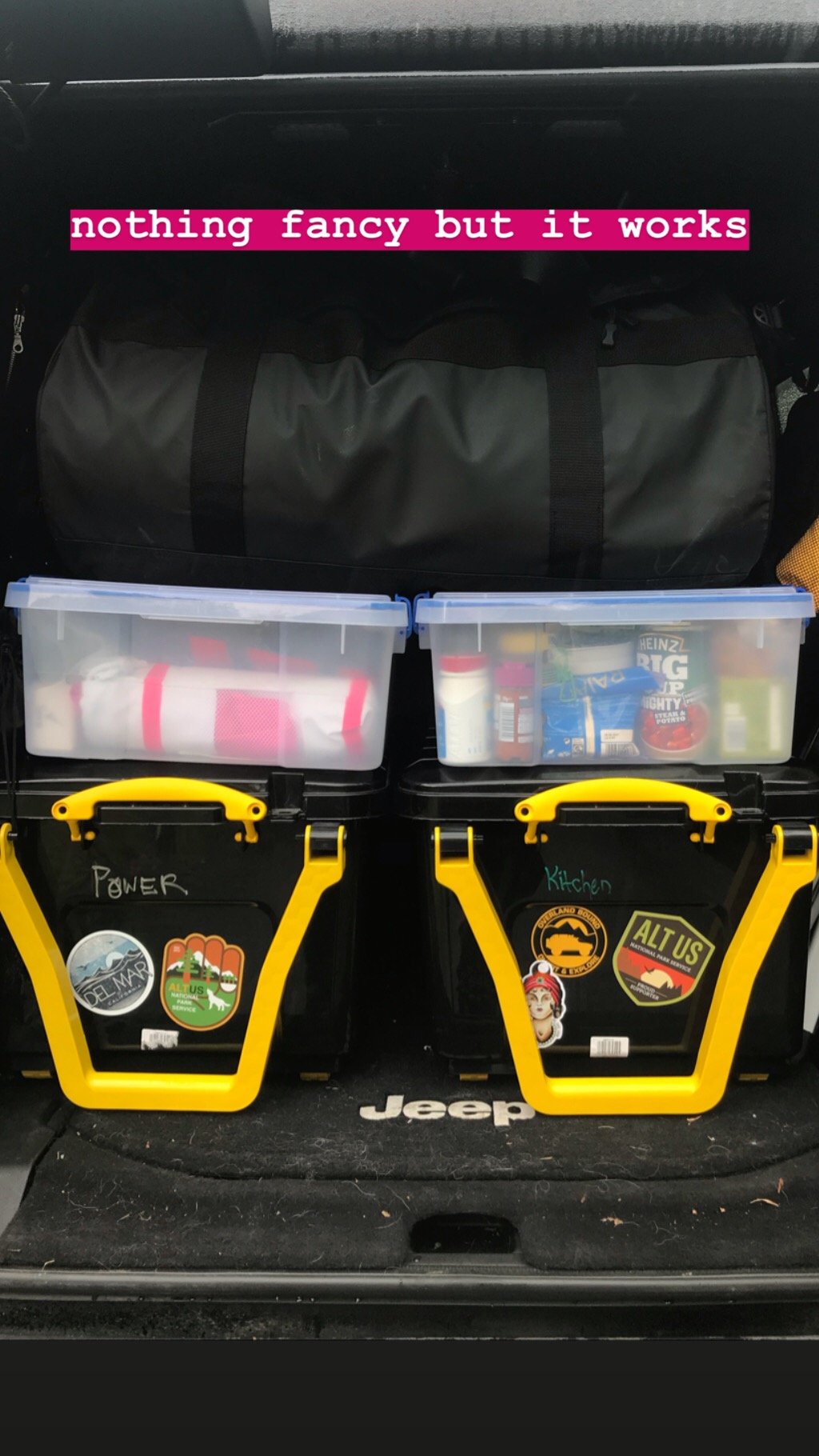It's a Jeep thing, I'll help you understand
Published October 21, 2019
There is an ongoing debate regarding which vehicle is the best for long distance travel, going off grid, etc. Some people prefer a camper van, others a Land Rover, yet others say Toyota Land Cruisers are it, and on and on. In reality, there is no one right answer. If I had unlimited funds and someplace to store a vehicle of its size, I would love to own an EarthCruiser EXP (https://earthcruiser.com/our-vehicles/earthcruiser-exp/). It has all the comforts of home but can handle any terrain that your standard RV can not. Alas, not in my price range and a bit big for an everyday driver.
I chose a Jeep Wrangler Unlimited Rubicon for my vehicle. It’s the fourth Wrangler I’ve owned so I’m comfortable with them, how they handle, the mechanics, etc. In fact, my mom and I replaced the serpentine belt and the radiator in my very first Jeep (a 1995 Wrangler) while the men sat in the house. These days the engines are more complicated so I rely on experts to complete any repairs. But I digress…back to sharing how I’ve kitted out my adventure mobile named Ruby.
First step in choosing your vehicle is defining what is important to you. Here are some of the questions I asked myself:
Do I want to be able to use it as a daily driver and an overlanding rig?
How much stuff will I be bringing along? How much storage will I need?
Do I want to be able to go off road?
What kind of fuel milage will it get? What will that do to my travel budget?
Is it comfortable for the dogs?
Is it capable of going off grid for days or weeks at a time?
Will it fit in a shipping container so I can take it anywhere in the world?
Will parts be easy to source from anywhere in the world?
How much will it cost to purchase the vehicle?
What accessories can I get for it that will allow me to adapt it to my needs?
For me, using it as a daily driver vs. a second vehicle was most important. Secondly, I didn’t want a large, oversized vehicle, I wanted to be nimble. Next, I wanted it to be able to handle a variety of terrains and weather conditions. When I originally bought this Jeep I was living in Seattle and wanted to get closer to landscape scenes for my photography so I wouldn’t need to get up crazy early for morning light. I could rock up to a location, set up camp and then be ready to shoot the next day. I still want to do that but now I’m on a different continent. I traded in the two door Wrangler I owned at the time for Ruby, a black 2014 Wrangler Unlimited Rubicon. I bought Ruby used, she came with many of the accessories I would’ve added myself - winch, lifted, oversized tires, rock sliders and grab bars. I couldn’t believe my luck, she’d just been traded in that day.
I have since added an Ursa Minor (http://www.ursaminorvehicles.com) pop up camper tent, awning, a back up camera and LED headlights, tail lights and turn indicators. I am considering adding a snorkel but at this time I don’t see myself doing any deep water crossings or driving through extremely sandy areas so I will wait for that upgrade. I considered adding fixed solar panels to the roof of the camper but decided that I wanted to be able to park in shade and be able to recharge my portable battery via solar, so went with folding portable panels instead. Also, I have not installed any permanent storage, preferring to maintain flexibility of use cases. Ruby is now ready for any adventure!
So, what do I bring with us on our adventures? Depends on where we’re going and how long we’ll be gone. I am getting better at editing out more things and expect I’ll continue to refine my kit. But generally, it’s these things:
Two big black plastic storage bins, with rollers and handles. These house my camp kitchen gear and power station.
Camp kitchen gear: stove, gas, light weight hiking pans, small kettle, 1 metal cup, 1 metal plate, 1 metal bowl, cutlery, collapsible bucket, dish soap, dish towels, oven mitts, paper towels, garbage bags.
Power station bin: Allpowers portable battery bank that can charge my camera batteries, phone, laptop, etc. Two foldable solar panels. Requisite cables. USB lights - fairy lights for hanging on the awning, 2 rechargable latterns, headlamp. Lifestraw water filtration system. RV power outlets for use at campgrounds.
ARB 42 litre fridge
Double wide folding camp chair. Ozzie likes to snuggle with me.
Aluminum camp table. I use this for cooking.
Small canvas table
Pop up beach tent. This is for Booker, he likes to hang out in there and watch the world go by.
Wood burning stove for cold weather trips
Sleeping bag, pillow, extra duvet if it’s cold weather
Black out curtains for the Jeep interior. These do double duty of privacy at night and as sun shades to help keep the interior cool when parked.
Dog gear - weather resistant dog beds, long leads, rain coats, hiking booties, food, bowls, etc.
Personal care items for me, jackets, clothing, boots, etc.
Pacsafe travel safes to keep documents and electronics safe from smash-n-grab thieves. (https://www.pacsafe.com/Explore-Technology)
We recently completed a five day drive from London to our new house in Spain and this configuration worked well for us. It didn’t take much time to set up and take down. I felt secure in my tent. The dogs were comfortable sleeping inside the Jeep. We managed through all spectrums of weather - hard, driving rain in the UK and northern France and sun/heat in Spain.
Ruby is all set and ready for her next trip. All that’s left is identifying our next adventure! Got any suggestions?

